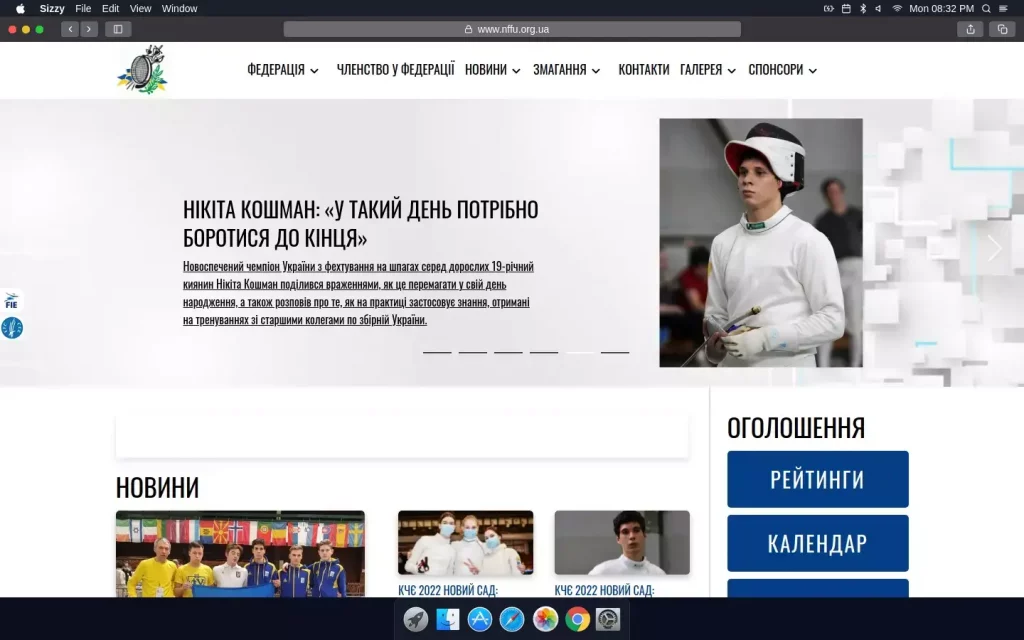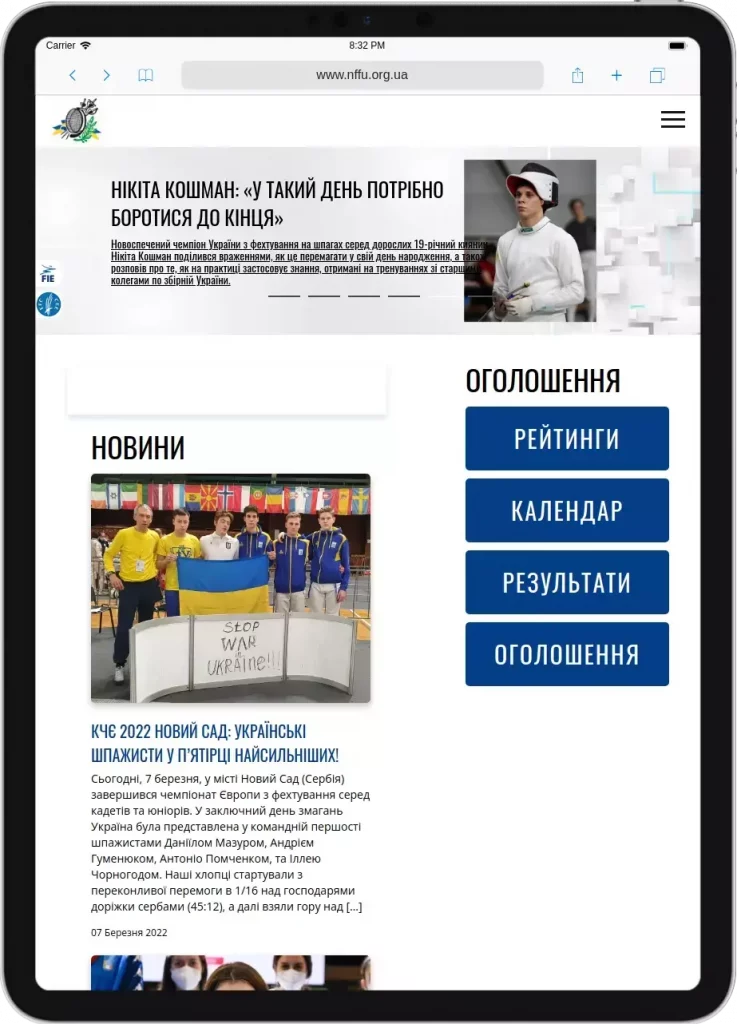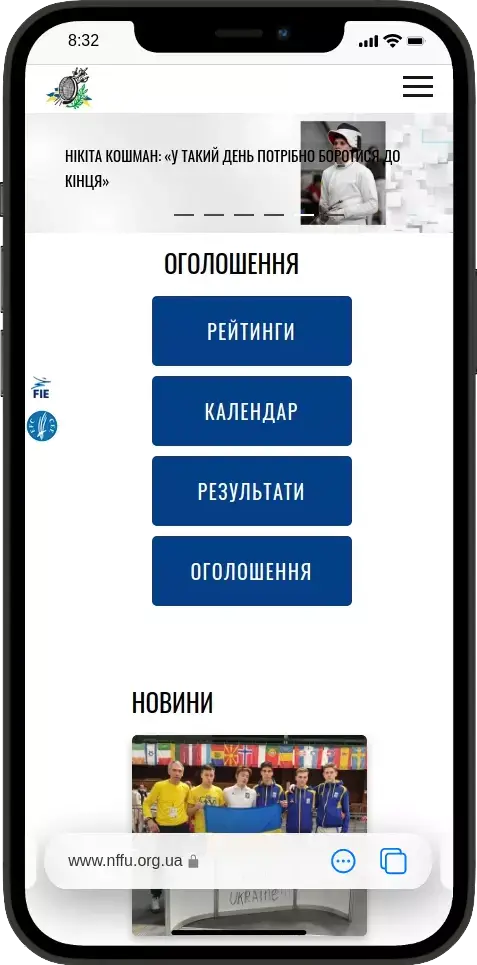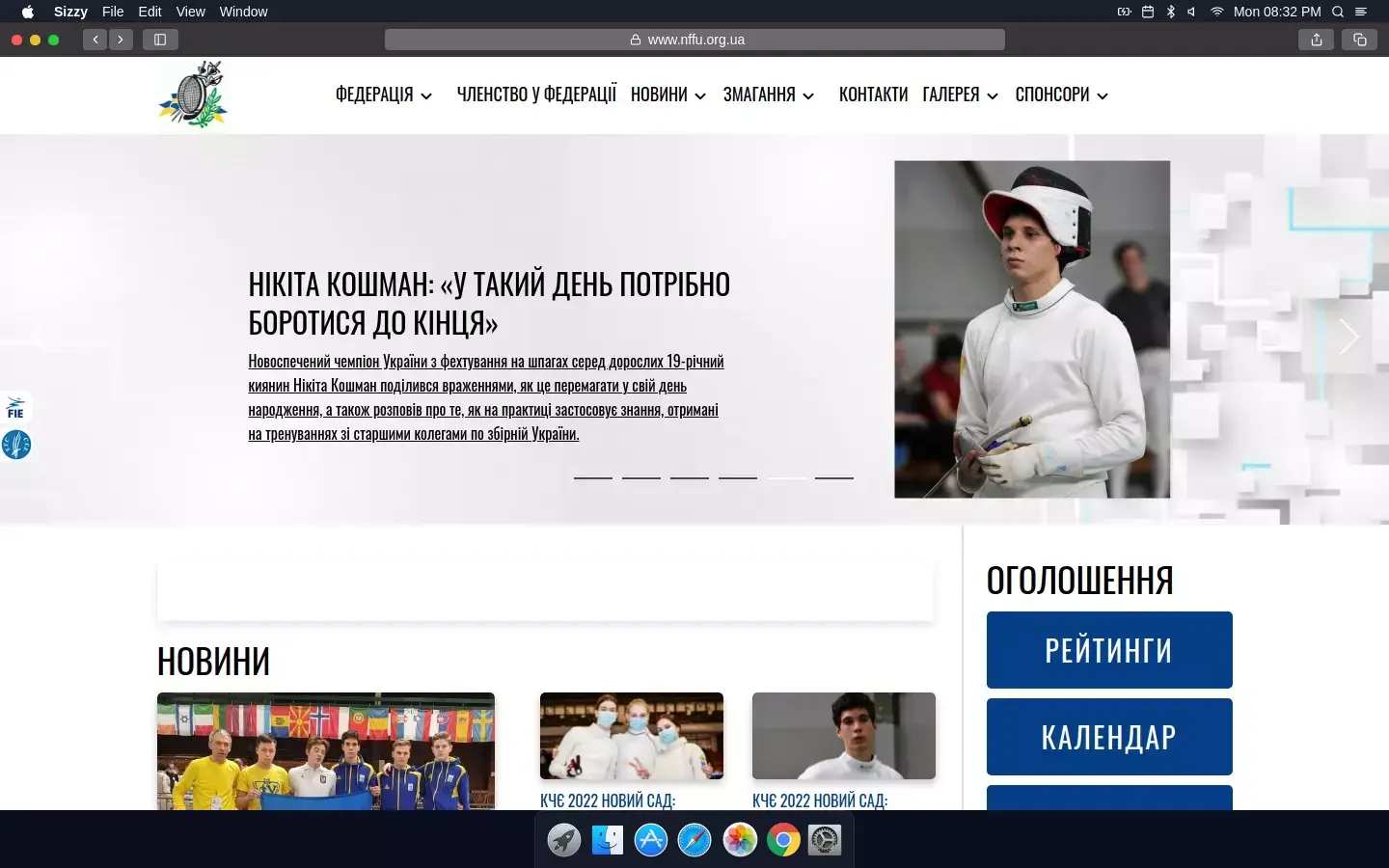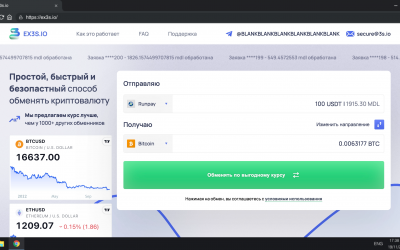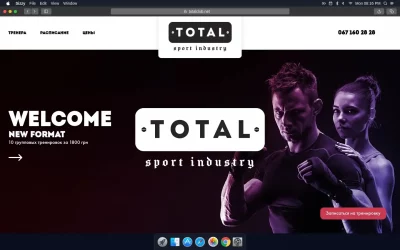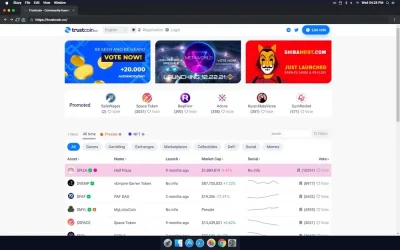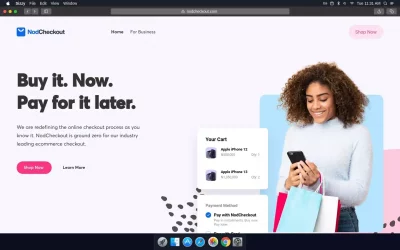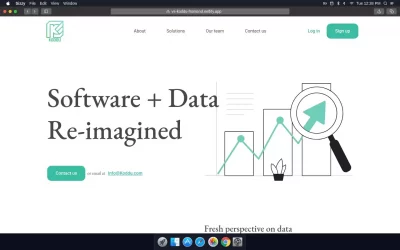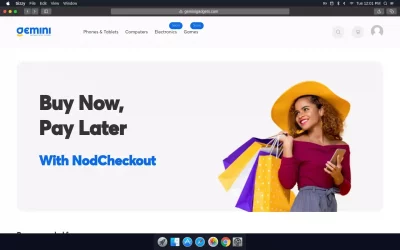My role in the project: Back-end developer. Full design and implementation of the back-end part of the project.
What is the NFFU project about?
The project is a website for the national fencing federation of Ukraine (NFFU). The biggest challenge was in a number of types of content that should be presented on the website: 10 types of personnel with different information, news blog with different sections and categories, information about different sponsors, tables with a lot of different data about competitions and sorting capabilities, different types of competitions, photo and video galleries. All of that content should be easily editable by many admins simultaneously. Moreover, the website should have a functionality to allow users to send membership applications. The applications could be sent in two ways: in a paper (physically) and on the website itself (digitally). A user can input information and get an application document generated as a PDF automatically. Then the user will be able to download the document, digitally sign it and send it.
Project’s development
I was responsible for the back-end of the project, content creation and editing, display of data. To address the problem with such big amount of content and its diversity, I decided to use WordPress as a content management system for the project. It allows admins and editors to easily work with the website’s content using a simple interface and allows me as a developer to create a really simple and intuitive interface for working with such a big amount of content types. Using different WordPress APIs I was able to substantially extend its functionality so that it will meet the requirements. Given that the NFFU website is primarily content-oriented, this was the bulkiest part of the work.
The only thing that was left is to implement membership application submission, the WordPress back-end part was easy to implement. More challenging task was to dynamically generate the membership application based on the data user entered and present it as a PDF file available for download and edit. After conducting some research I decided to use the jsPDF library for that purpose. With it I was able to dynamically generate the PDF and present it to the user inside the browser’s default PDF viewer as an iframe.
Gallery
